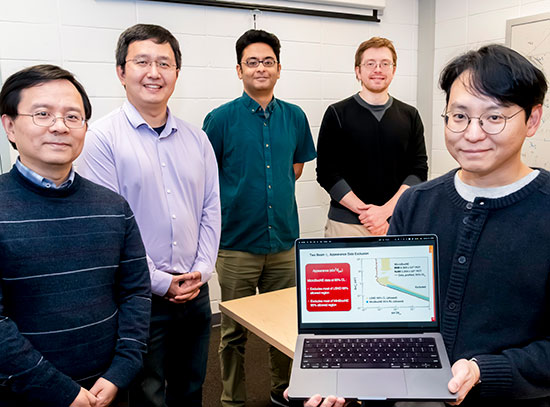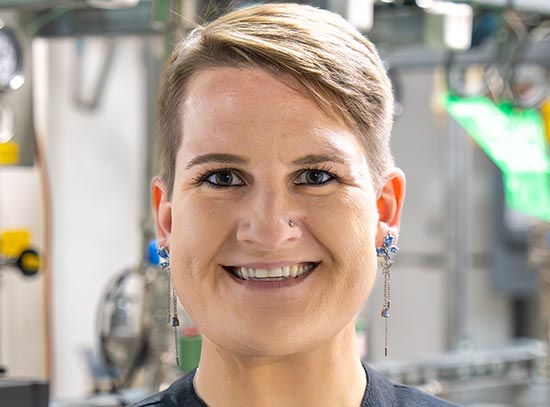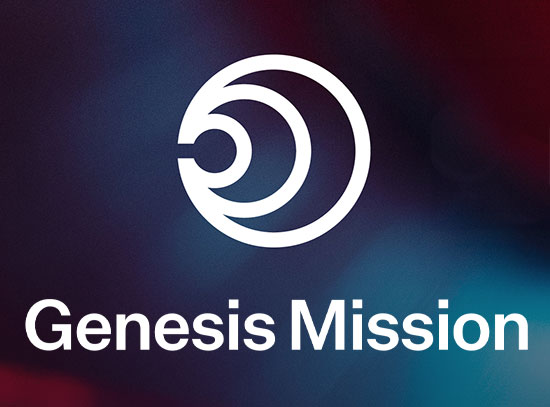NSLS user receives largest NSF instrumentation grant of 2012
October 10, 2012
Case Western Reserve University issued the following news release on Wednesday, Oct. 3. The National Science Foundation grant noted in the release was awarded to Mark Chance, a longtime facility user at the U.S. Department of Energy’s Brookhaven National Laboratory. It will fund key equipment for research at the future National Synchrotron Light Source II, now under construction and expected to begin operations in 2015.
The National Science Foundation has awarded a $2.7 million grant to Mark Chance, director of the Center for Proteomics and Bioinformatics at Case Western Reserve University School of Medicine, for work with the National Synchrotron Light Source II (NSLS II) at Brookhaven National Laboratory. The grant will be matched by nearly $1.2 million from the university and $100,000 from the State of Ohio Board of Regents for a total award of $4 million, making it the largest NSF Major Research Instrumentation (MRI) grant awarded in 2012 and the largest NSF grant awarded to Case Western Reserve since 2009.
This grant provides funding to extend the university’s world-class structural biology facilities by adding a state-of-the-art instrument to the new synchrotron at Brookhaven National Laboratory in New York. Case Western Reserve University scientists have operated a suite of X-ray based synchrotron facilities at Brookhaven since 2005 under Chance’s leadership, supported by $8 million in grant funding from the National Institute for Biomedical Imaging and Bioengineering (NIBIB) at the National Institutes of Health.
These facilities, managed by expert faculty and staff members at the Case Western Reserve Center for Proteomics and Bioinformatics (including scientists on site in New York and in Cleveland), conduct groundbreaking research and develop novel technologies in structural biology. The multiple X-ray instruments available at Brookhaven support an international clientele of about 500 users from nearly 100 of the world’s finest academic institutions, research institutes, and government laboratories.
The new instrument, a wiggler beamline for X-ray synchrotron footprinting, will probe the fundamental structures of protein and nucleic acid based macromolecular machines on timescales from microseconds to minutes and will reveal intimate details of the interactions of these macromolecules with their environment.
“From the structure of water to the binding of drugs to variations in protein structure mediated by disease, the unique properties of the intense X-ray beams will uncover new details of biological matter,” Chance said. “These details will help scientists develop new materials, optimize small molecule and biologic drugs, probe the structures of molecules in vivo, and answer fundamental questions related to chemistry and biochemistry.”
Jen Bohon, instructor at Case Western Reserve and a lead scientist for the Center for Synchrotron Biosciences, added, “The NSLS II XFP beamline will surpass our current cutting-edge facility … as the premier resource for synchrotron footprinting in the world.”
“The new beamline has the potential to enhance the capabilities of the center and will allow researchers there to obtain more detailed structural information that can benefit the entire scientific community,” said Alan McLaughlin, director of the Division of Applied Science and Technology at NIBIB, which has supported the CWRU Center for Proteomics and Bioinformatics since 2005 through the Case Western Reserve Center for Synchrotron Biosciences.
In addition, education and outreach activities conducted by CWRU faculty and staff will be provided at many levels, from training high school students to PhD level scientists, significantly expanding the impact of science.
2012-11459 | INT/EXT | Newsroom









